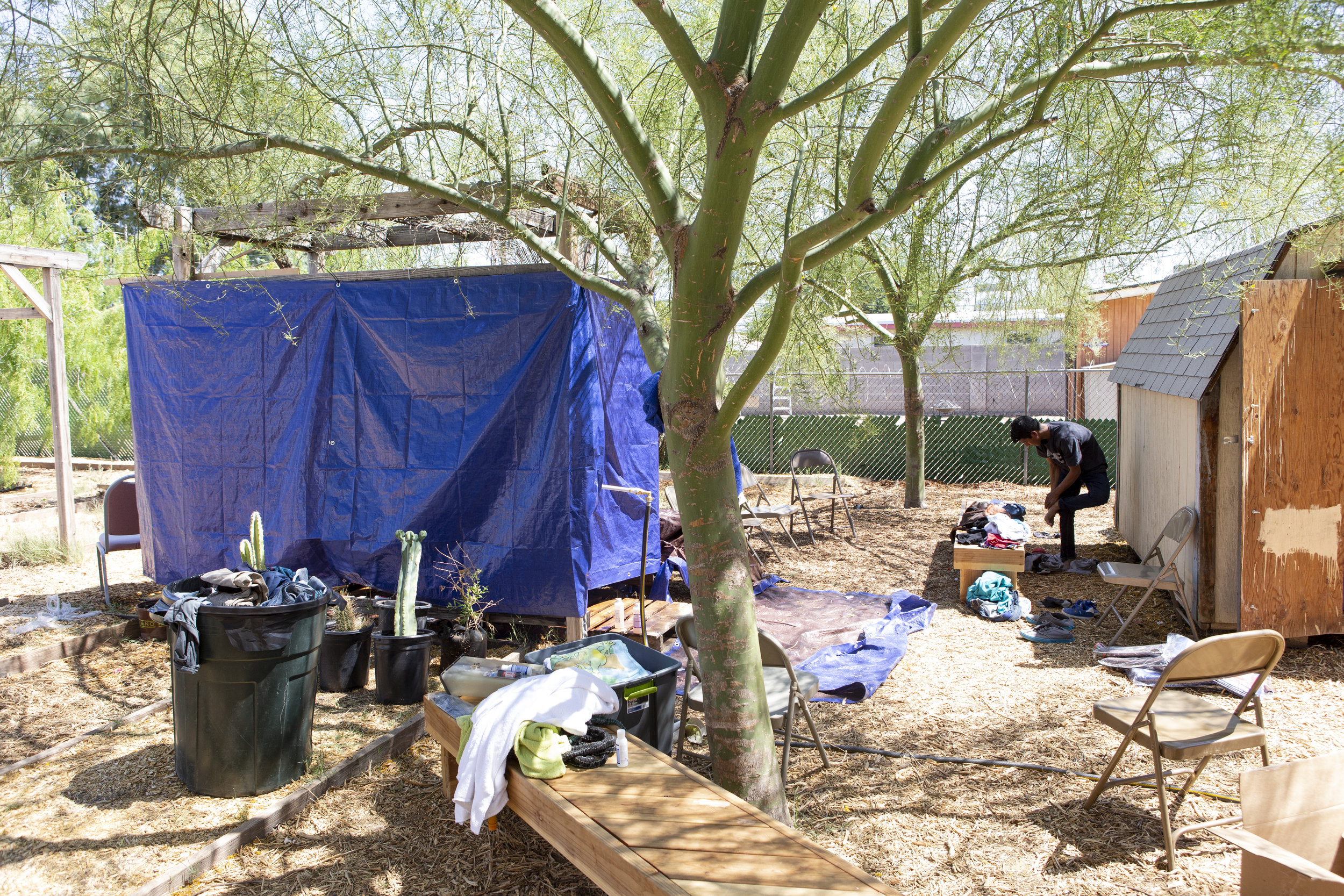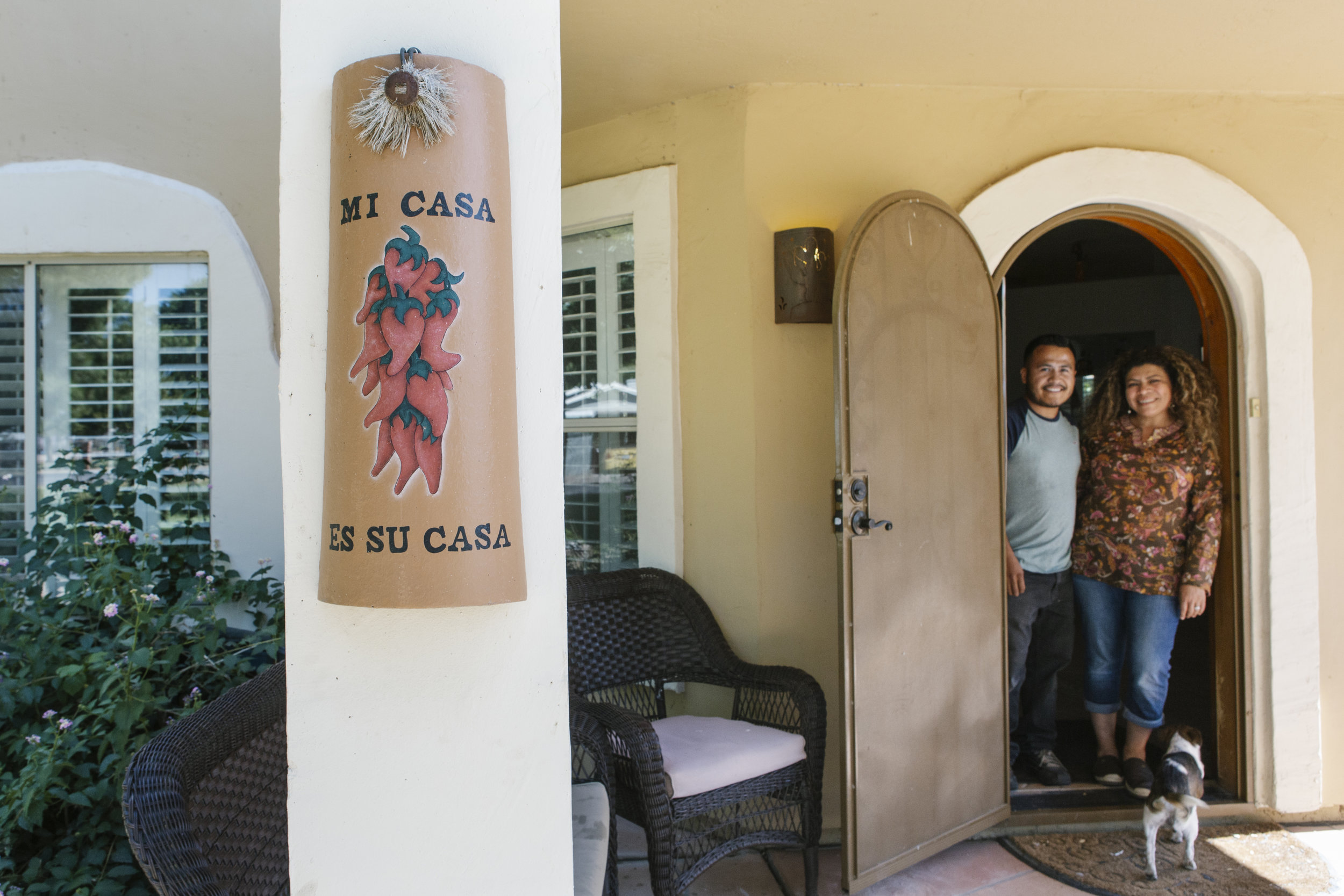Q: Will you please tell us who you are and share a few details about yourselves?
A: Liam, 26, from England. Anthropology graduate and English teacher with no previous volunteer experience.
A: Esther, 27, from The Netherlands. Psychomotor therapist, development anthropology postgraduate wanting to use bodily-based, creative ways to support the mental health of people coming from conflict. Volunteered in a counselling center in Uganda with women that had gone through the war with the Lords Resistance Army, and co-founded a non-profit working with creative self-expression in Zambia.
Q: What is your position at LHI, and what is a typical day at The Refugee Center like for you?
A, Liam: I’m an English teacher, I have 3 lessons a day, which I plan for in my spare time. I also help out with women's self-defense classes.
A, Esther: I’m a yoga & dance instructor. For both of us the day starts early. Liam has English classes in the morning, and I start the day with women's fitness and women's yoga. When we have a break we go to a local cafe to prepare our work. In the afternoon, Liam often goes to do a work out with the residents during the men's weights sessions, and then teaches self-defense to some of the women. I often do games and sessions with children, and finish the day with more yoga. :)
Q: What have you learned while working in Serres?
A, Esther: On my first day here, it felt like I had never done yoga! I all of a sudden got very insecure, and working with LHI really gave me an opportunity to experiment with yoga and meditation, finding what suits the residents, and what my own style is. It taught me how to use yoga—also for the kids activities—in a way that is both meaningful and fun.
A, Liam: This was my first experience teaching English after getting qualified to do so, and I felt very nervous at first. The experiences have taught me a lot about using my skills and have given me the confidence and self-belief to continue with my teaching!
Thank you for all you do, Liam and Esther!
Click here to learn more about our program and Refugee Community Center in Serres, Greece.
































